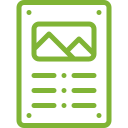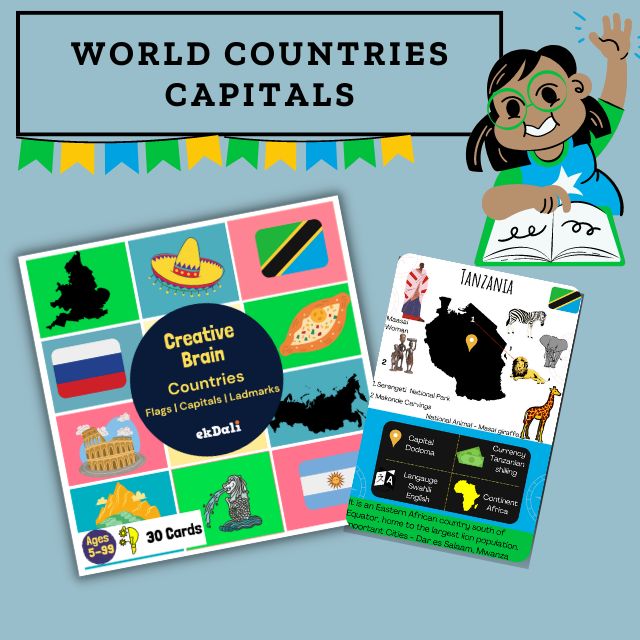Almost every youngster has heard the phrase "A for Apple, B for..." Most parents introduce or even teach their children the alphabet through tales, songs, and even activities well before they start school. As a result, many of them can sing the alphabet song before being formally taught letters.
Though it may appear straightforward, teaching youngsters to write letters may be a difficult undertaking. As alphabet knowledge is a crucial learning objective for young children, we will discuss various interesting and non-traditional approaches of teaching letters to children today.
Tips for teaching youngsters the alphabet letters
Here are a few things parents may do to help their children enjoy learning the alphabet.
Teach letter sounds in addition to letter recognition: As youngsters learn the sounds that each letter of the alphabet produces, they will notice that the letters' names do not correspond to how the letters are spoken. When kids learn how to combine sounds denoted by letters or sets of letters (such as sh or oo), they will find it simpler to read words, which will boost their confidence.
Use names to teach letter recognition: Most youngsters enjoy seeing their names printed or written. Parents can laminate all of the letters of the alphabet, make alphabet flashcards, and ask their children to identify letters in their name, surname, parent's or sibling's name, and so on. Magnets might potentially be attached to these letter cards and used as magnetic letters. As you add in the names of vegetables, fruits, and so on, the youngster will eventually be able to utilise this simple, enjoyable game to grasp letter recognition.
Perform the alphabet variation of 'I Spy.' Gamifying things is a terrific method for both parents and children to enjoy learning letters. You might ask the youngster to point out the alphabets they notice around them while travelling, such as on billboards, tickets, menus, and so on. Including letter sounds will make the game much more engaging for everyone.
Making uppercase and lowercase letters out of sand or flour. Another enjoyable technique to teach youngsters letters is to have them rehearse writing with sand or flour. It will enhance the sensory experience of learning the letters. It will relieve the youngster of the strain of faultless handwriting and encourage him or her to rehearse different uppercase and lowercase letters.
Alphabet knowledge is important for youngsters because it influences their reading and writing abilities. You may begin by utilising Alphabet Chart to help your child's letter recognition. It includes enjoyable games for youngsters to develop letter recognition, letter matching, and letter sounds.
As usual, don't rush youngsters through this process; instead, celebrate small victories along the way and lavish them with praise and support.
-
 Posters, Flash Cards and Books are Great Conversation Starters
Posters, Flash Cards and Books are Great Conversation Starters -
 Our Posters and Flash Cards have reached over 300,000 kids
Our Posters and Flash Cards have reached over 300,000 kids -
 Same day shipping for orders before 1 PM. Next day shipping for orders post 1 PM
Same day shipping for orders before 1 PM. Next day shipping for orders post 1 PM -
 Write to us purchase@ekdali.com
Write to us purchase@ekdali.com




















